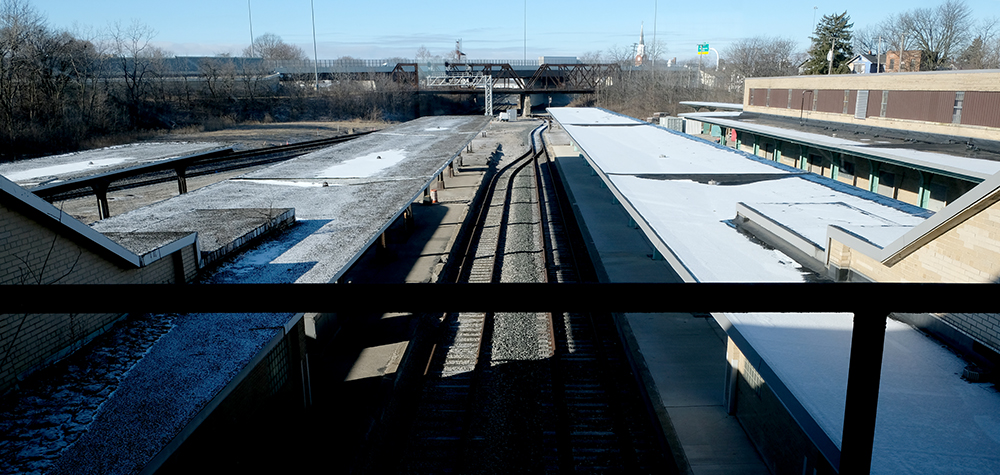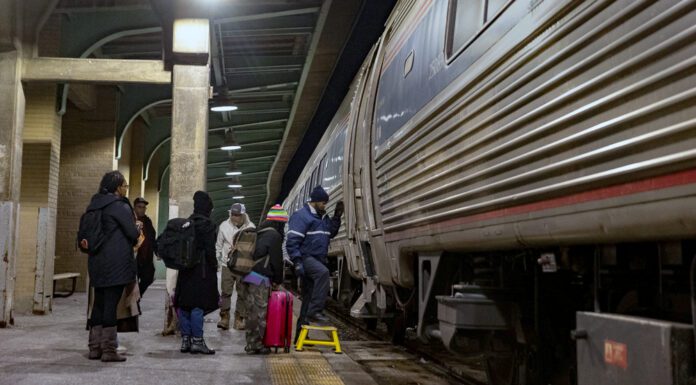TOLEDO – My interest in rail was rekindled by a trip I recently took on the Amtrak train to Chicago to meet up with my brother for a few days. The trip was more leisurely and less stressful than driving or negotiating the Detroit Metro and O’Hare airports.
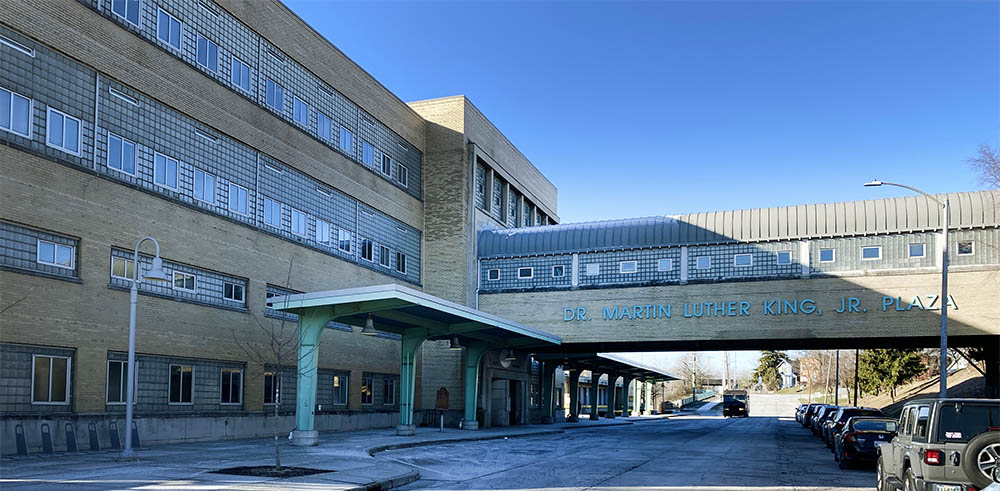
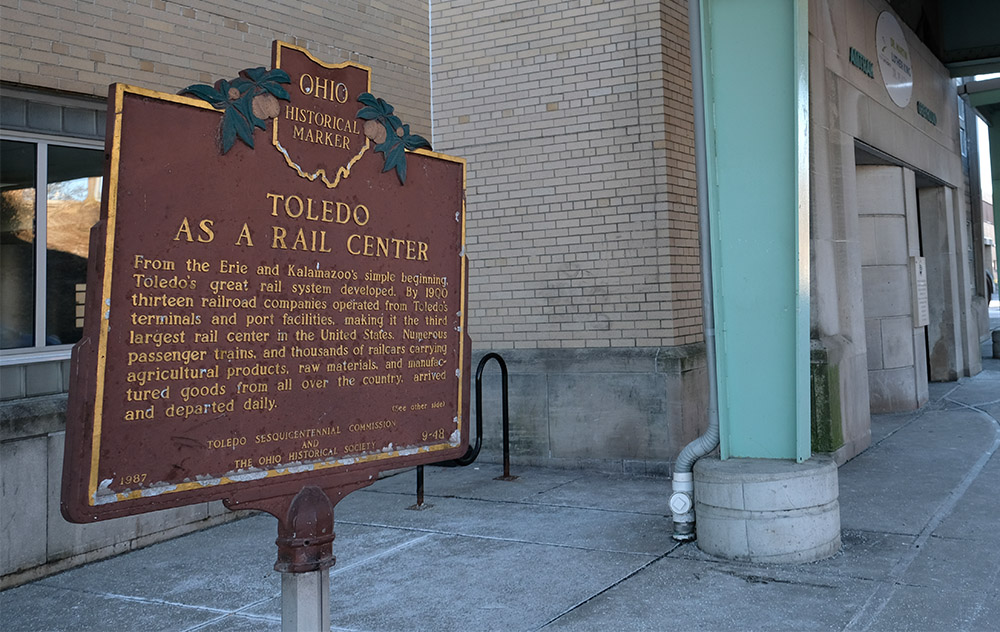
The train departed from the Martin Luther King, Jr. Plaza station on Emerald Ave. in Toledo at 6:30 a.m. and got me back to Toledo two days later at 11:30 p.m. It is disturbing that such a great way to travel has been so neglected in Ohio, which does not use passenger trains as much as other states.
Toledo is served by two Amtrak daily routes: the Floridian, which runs between Chicago and Miami; and the Lake Shore Limited, which operates between Chicago and Boston and New York City. The daily hours for Amtrak are from 10:30 p.m. – 6:30 a.m. During the day, the plaza, owned by the Port Authority, is a bus terminal.
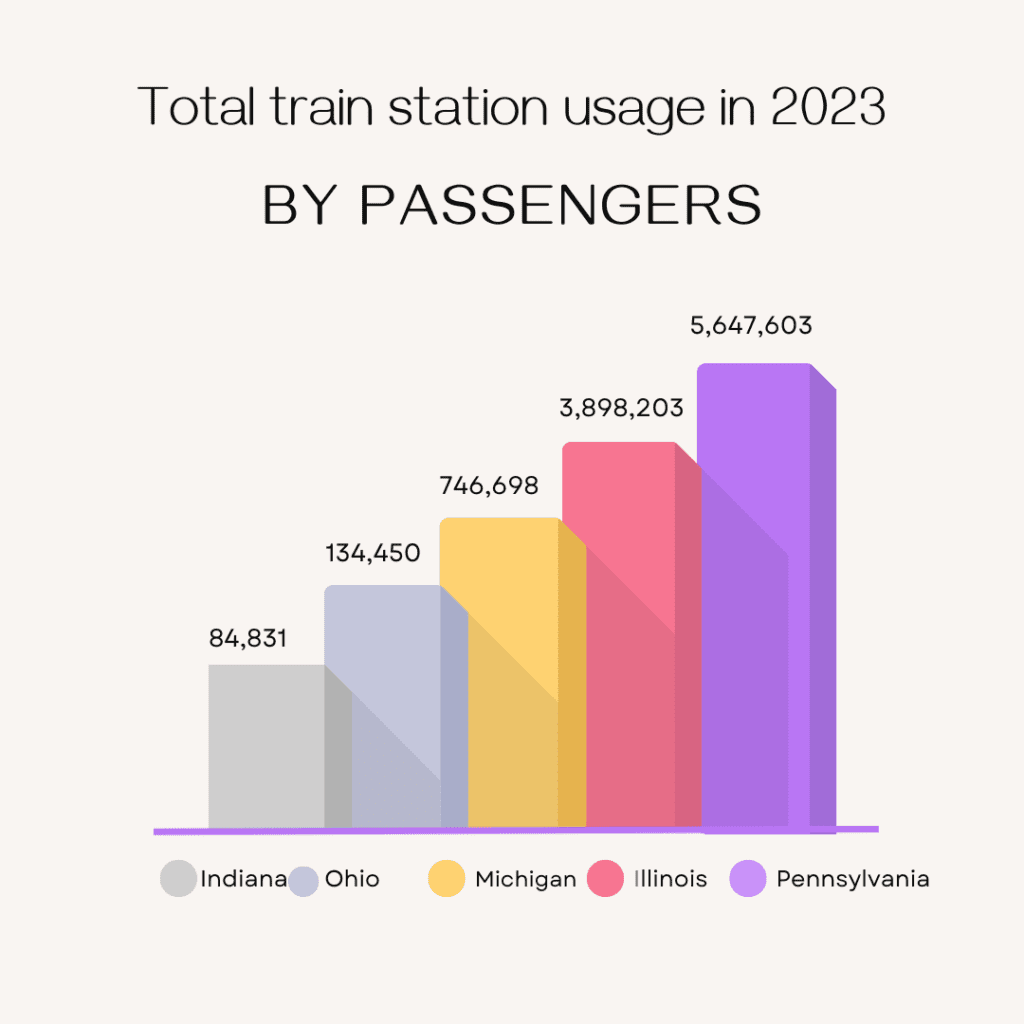
The total train station usage in Ohio by passengers in 2023 was 134,450 individuals. In Michigan, the number was 746,698; in Indiana, it was 84,831; in Illinois, 3,898,203; and in Pennsylvania, 5,647,603. (Fig. 1)
Ohio allocates only 4 percent of its state budget to public transit funding, including passenger rail services. This percentage is significantly lower than that of neighboring states: “Pennsylvania (51.0 percent), Indiana (34.3 percent), Michigan (29 percent), and Illinois (14.5 percent).”
Ohio also spends considerably less per capita on public transportation compared to other states (see Fig. 2). In the fiscal year 2024-2025, public transit funding made up just 1.5 percent of Ohio’s $13.5 billion transportation budget.
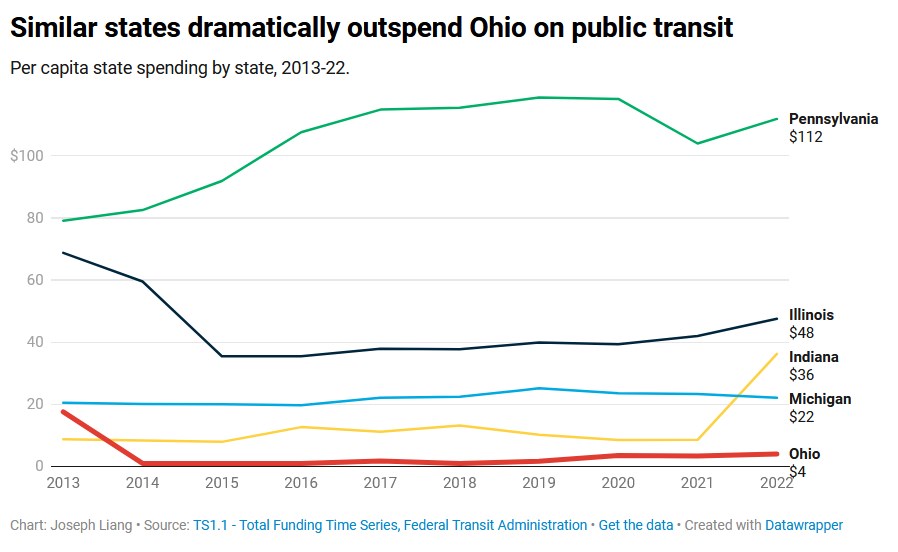
Ohio’s historical lack of interest in passenger rail does not mirror public interest. Passenger trains are very popular with the American public. A 2023 Amtrak survey showed that 92 percent of respondents support U.S. investment in passenger rail improvements. Additionally, 86 percent see the value of a strong passenger rail system, and 81 percent want their state to expand passenger rail options in their region.

Glenn Reihing, former vice chair of the Northwest Ohio Passenger Rail Association, is undoubtedly a supporter. We spent some time discussing what rail improvements might bring.
“You could take the train from Toledo to see a Red Wings game or catch the Lions at Ford Field,” Reihing suggested. “You could go to Cleveland, go to their festivals and other activities.”
Reihing also mentioned that more developed passenger rail would allow easier access for college students from outlying areas to attend the University of Toledo, Lourdes University and Owens Community College.
Investing in a stronger passenger rail system could bring significant advantages to Ohio. One key benefit is economic growth.
According to the American Public Transportation Association, investing $1 billion in public transit, including passenger rail, could create about 50,000 jobs. Spending $10 million on transit infrastructure could generate $30 million in business revenue, while operational investments of the same amount could boost business sales by $32 million.
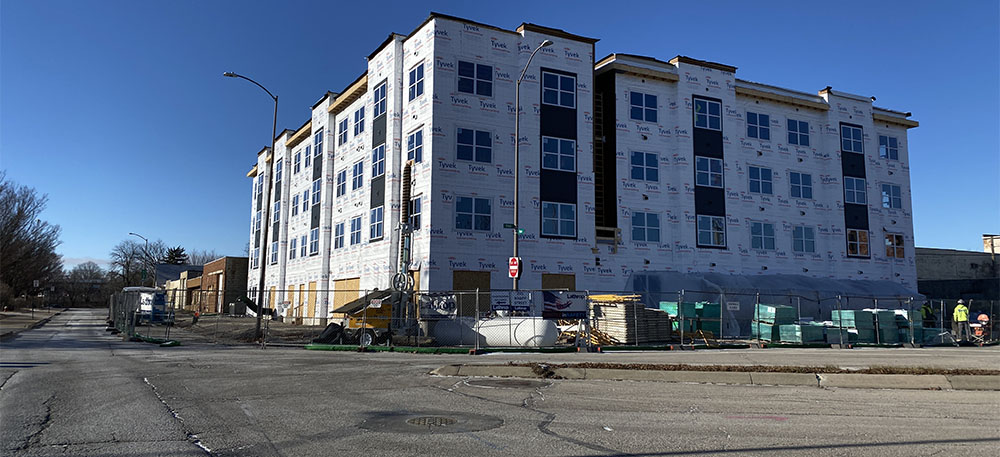
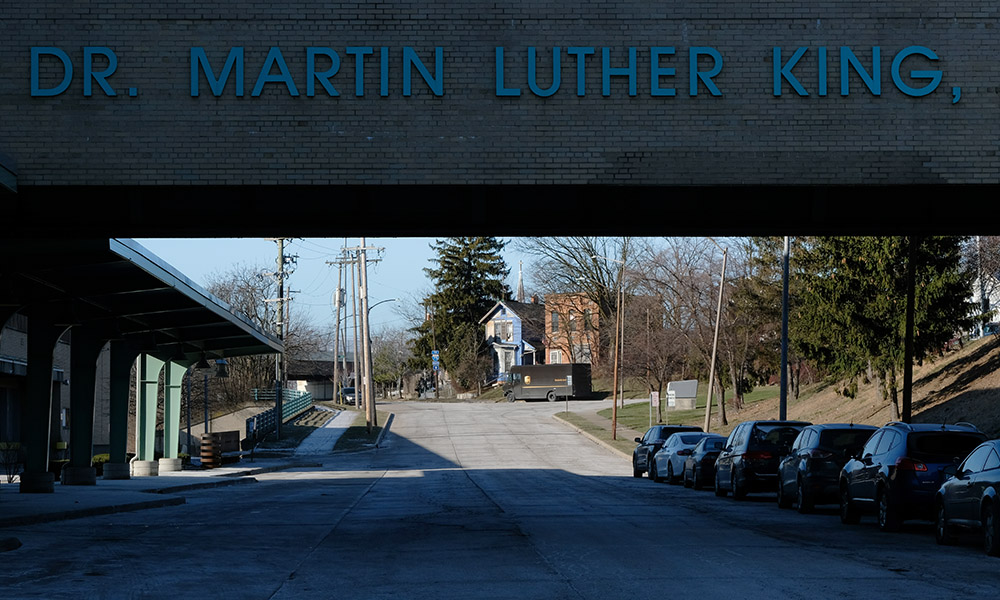
Homes near reliable high-frequency public transit have seen property values rise 42 percent, more than those in less connected areas. Additionally, hotels in cities with rail links to airports earn 11 percent more revenue per room, compared to hotels in cities without such connections.
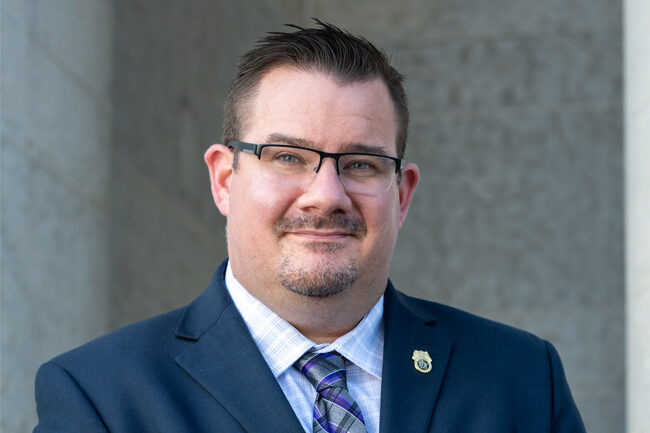
Supporting the concept that passenger rail is economically positive, John Esterly, executive director of All Aboard Ohio, stated that some of the more recent passenger rail routes that have been introduced have been very successful, both in terms of usage, but also in terms of their financial stability.
“The one that has been kind of the example we’ve been using is the Borealis route from Chicago north to the Minneapolis St. Paul area,” he said. “And within five days, that route was revenue positive, which is almost unheard of in a transit, transportation world.”
Another benefit is easing traffic at airports and on highways. AAA estimated that 119.3 million people would travel 50 miles or more between December 21 and January 1 during the recent holiday season, surpassing the 2019 record.
Traffic congestion is now worse than in 2019 in 94 of the 100 largest U.S. metro areas, according to a recent Streetlight Data report. The average number of miles driven per person in May 2024 was 12 percent higher compared to May 2019.
Passenger trains are a greener option than other forms of transport. Taking an Amtrak train decreases greenhouse gas production by up to 83 percent, compared to driving, and 73 percent compared to flying. The EPA states that an average car emits around 400 grams of CO2 per mile. Air travel, on domestic routes averages 396 grams of CO2 per passenger mile. In comparison, data from the UK Government’s Department for Energy Security shows passenger trains produce just 56 grams of CO2 per passenger mile.
Amtrak greenhouse gas emissions have been cut by 20 percent over the past decade. A further reduction of these emissions by 40 percent, over the next decade is planned. Reducing greenhouse gas emissions is important since it is the main driver of climate change.
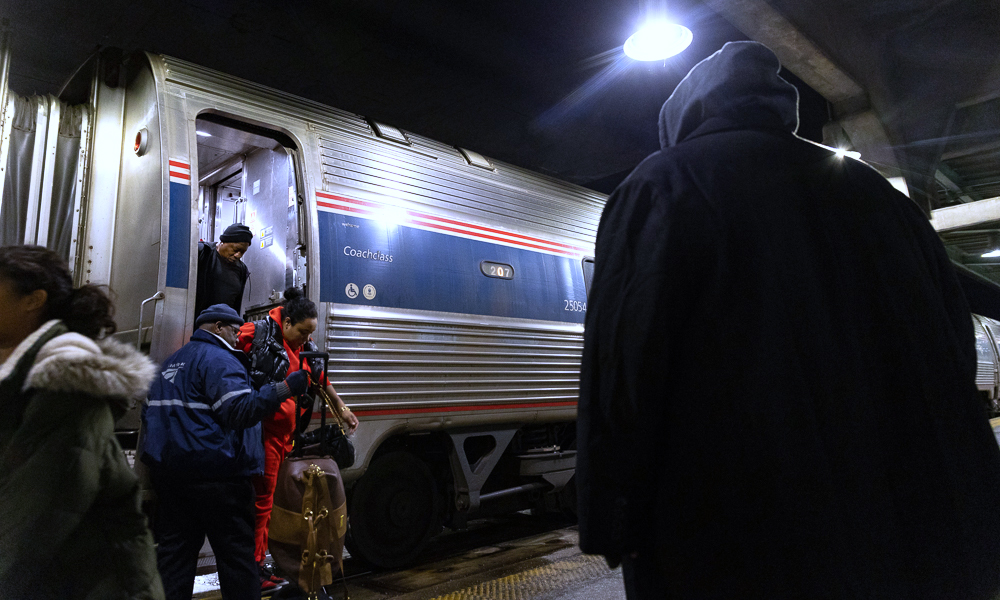
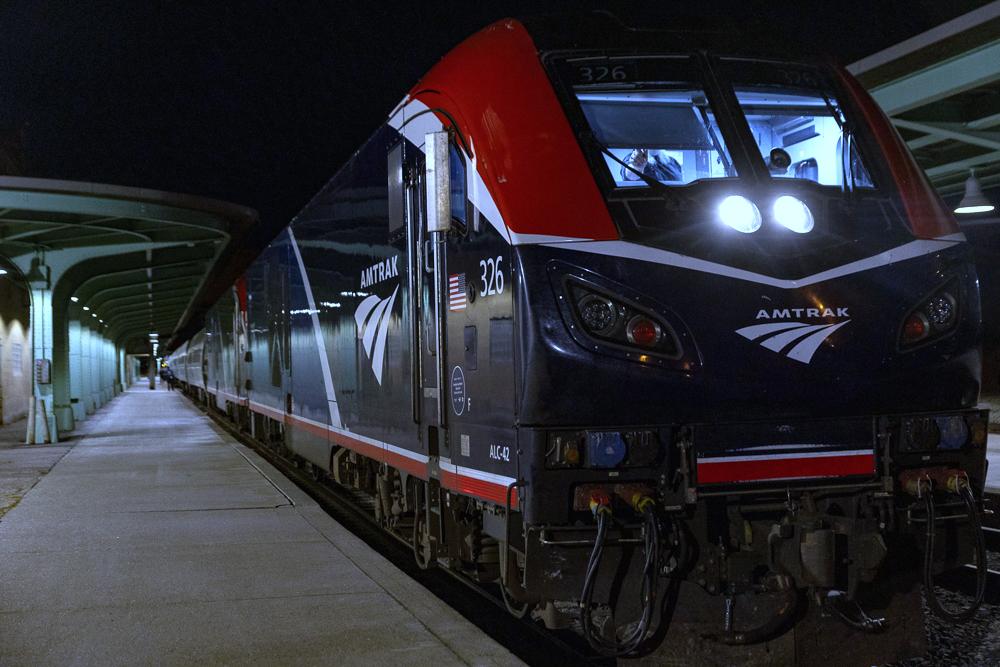
Although there has been neglect of passenger rail in Ohio, there is good news.
According to the Toledo Metropolitan Area Council of Governments, TMACOG, the Federal Railroad Administration (FRA), has allocated funding to plan new and broadened passenger rail projects in Ohio.
Ohio will obtain $500,000 through the federal Corridor ID program to plan four routes, including the Detroit-Toledo-Cleveland corridor.
The Ohio Rail Development Commission (ORDC) plans to review upgrades needed for the current Toledo-to-Cleveland rail line and explore a potential Detroit-to-Toledo route. Other routes under consideration include a line connecting Cleveland, Columbus, Dayton and Cincinnati, as well as a Chicago-to-Pittsburgh route passing through Fort Wayne, Ind., and the Ohio cities of Lima, Kenton and Columbus. Amtrak has also proposed plans to enhance and expand the existing Cardinal route through Cincinnati.
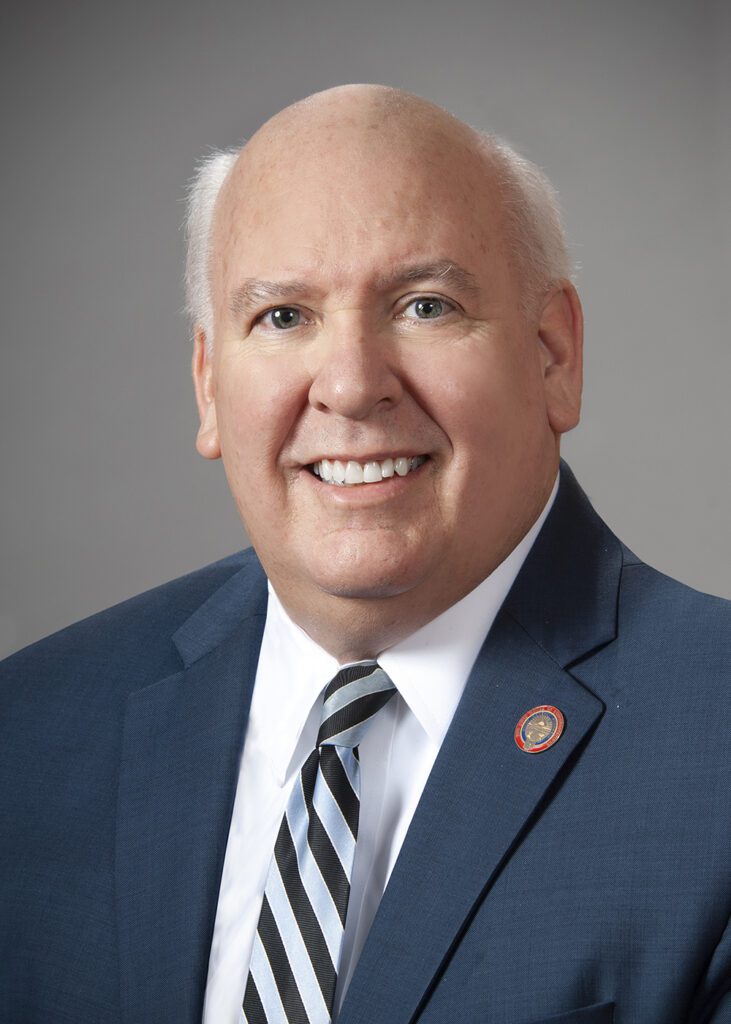
There are also Ohio politicians who are working to improve Ohio passenger rail. Ohio representatives Michael Skindell and Haraz N. Ghanbari cosponsored HB488, which proposed Ohio joining the Midwest Interstate Passenger Rail Compact.
The goal of the compact and its commission is, according to Skindell, is “to be able to have the Midwest states sit down at the same table to plan passenger rail development and advocate for federal funding, and have coordinated planning and advocacy for passenger rail.”
According to Skindell, “One of the issues that many people do not understand is that initially this effort would not involve laying new track. The issue is to start the passenger rail on freight rail. When there’s existing freight rail lines, you have to upgrade the freight rail lines, which is an advantage for freight rail, and to have the passenger rail run on that line, the freight rail will take precedent. So, if there’s an oncoming train versus a freight rail, the freight rail is going to take priority.”
As far as actual progress of the work funded by Federal Railroad Administration (FRA), Esterly stated that “we expect to have step one (planning) completed for Cleveland, Columbus, Dayton and Cincinnati by the end of March, and then for Cleveland, Toledo, Detroit, by the end of May.
“And the reason that that one takes a little bit longer is because a fair amount of the route is in our neighbors to the north, and we’ve got to coordinate with Michigan Department of Transportation (MDOT),” he said.
HB488 was not voted on in 135th General Assembly. If there is still interest in joining the Midwest Interstate Passenger Rail Compact, a new bill will need to be introduced.
